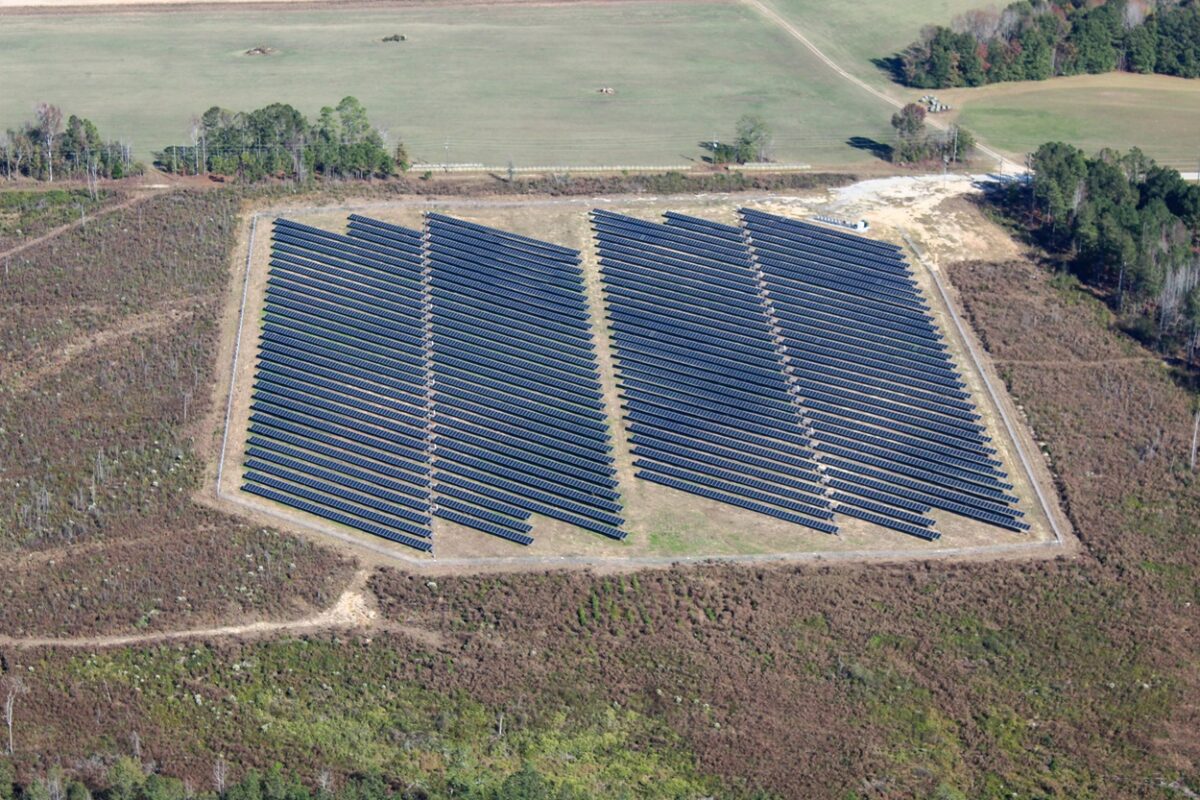Aspen Power completes 49.4 MW of solar projects in Georgia

Distributed generation platform Aspen Power has constructed 14 solar projects, amounting to 49.4 MW generation capacity, acquired from Inman Solar in Georgia.
The projects were originated and developed by Inman Solar, a contractor that specializes in utility and large commercial solar farms, and Aspen Power will now serve as their long-term owner and operator. They consist of ground-mounted solar panels with single axis trackers. Aspen Power will now serve as the long-term owner and operator of the projects and with this acquisition, the company has 43 projects in the state, amounting to 140 MW of capacity.
“The Inman team has done a fantastic job bringing high quality projects to the table, and we’re glad to have worked with their team to get these projects across the finish line and to become the long-term owners and operators,” said Lara Bushwood, director of project development with Aspen Power.
The projects are currently online and generating clean electrons, Dan Gulick, senior vice president of community solar at Aspen Power, told pv magazine USA.
The systems have been contracted through long-term power purchase agreements to provide energy to Georgia Power, an Atlanta, Georgia-based electric utility and subsidiary of Southern Company. The contracts are a result of a request-for-proposals for distributed generation that the utility issued in 2020.
Like many parts of the country, Georgia’s electric grid is in the midst of a transition. Back in 2019, the Georgia Public Service Commission required Georgia Power to procure 2.21 GW of solar over the next half decade – up from the utility’s earlier plans to procure 1 GW – in four tranches of distributed and utility-scale solar, expected to approximately double the volume of solar in the state.
In mid-2022, Georgia utility regulators approved an integrated resource plan – essentially, a long-term road map – filed by Georgia Power, which calls for retiring and decertifying all but two of the utility’s coal-burning facilities, and replacing them with a planned 2.3 GW of renewable energy. The plan also included some 500 MW of battery energy storage.
However, solar developers across the country still face challenges related to interconnection delays, costs and sometimes, local permitting, Gulick said.
Given this, policy makers need to continue to have dialogue with the industry, he added, pointing to places like New Jersey and Maryland, where more community solar markets have opened up.
“For Aspen Power’s customers, this means we can have simpler agreements, create more value and provide solar to anyone who’s interested,” Gulick said.
Another role that policy makers could play concerns finding a balanced approach for allocating interconnection upgrade costs, he said – in most situations, the solar project bears all the costs for upgrading the distribution circuit and substation. This ignores the public benefit these upgrades provide, Gulick said.
“The counterargument is that the utility should be allowed to rate-base these costs as it avoids some of the upgrades that will be required as we increase the electrification of the economy,” like electric vehicles and heat pumps, he said.